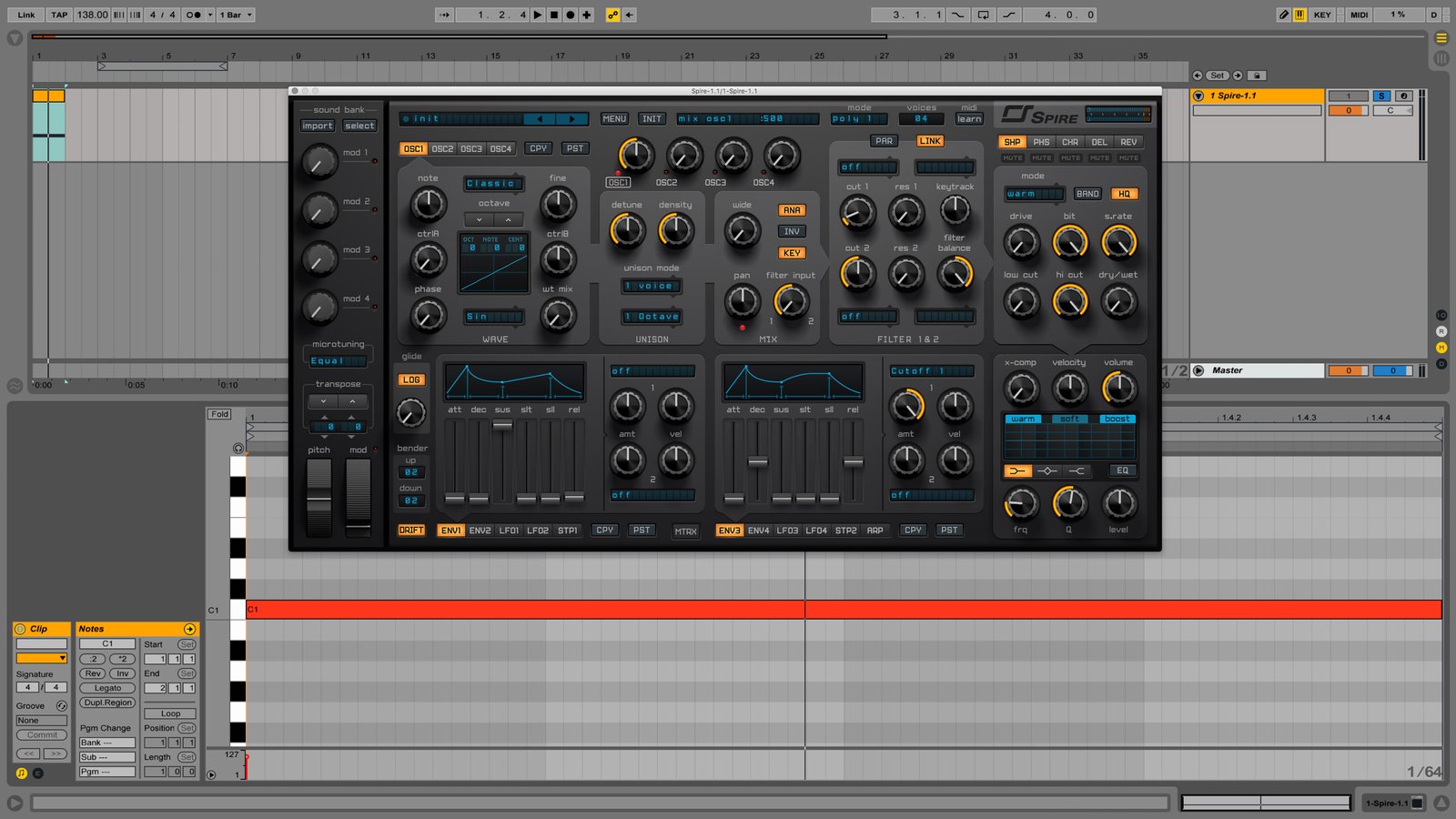Unveiling the true purpose of a DJ
What exactly does a DJ do? What’s the main objective, and what tools are employed to achieve that goal?
There’s a common belief that a DJ’s primary task is merely to play music. But in reality, a computer can execute that task by streaming tracks in succession, compiling a lengthy playlist.
Conversely, some assert that a DJ’s essential role is to blend tracks seamlessly in a continuous mix. Yet, this, too, can be accomplished through pre-made mixes, leading to the misconception that a DJ’s skill hinges solely on their ability to mix tracks manually. This often leads to unwarranted debates, like comparing a DJ who uses vinyl records to one using a controller, which, frankly, holds no merit.
In essence, playing music and mixing tracks serve as tools, not the ultimate purpose. Surprisingly, mixing tracks is considered one of the simpler skills in DJing.
So, what is a DJ’s primary task?
The core purpose of a DJ is to create a proper vibe on the dance floor, making sure the crowd is having a good time. The definition of “good” varies based on the event’s nature, of course. It might involve providing a fresh musical experience or eliciting nostalgia through familiar tracks. Sometimes, it’s about setting a soft backdrop. But at its core, it’s about ensuring the audience feels good.
An adept DJ tunes into their audience, intuitively selecting the right tracks to suit the moment. It’s about gauging the energy levels—whether to play a chart-topper that ignites the crowd or introduce something novel to elevate the mood.
When viewed from this perspective, endless debates about equipment and sound effects become trivial. However, does this mean a DJ should cater solely to the crowd’s whims? What about personal enjoyment?
Ideally, a DJ’s music aligns with the event and the crowd’s preferences, offering both freedom and a chance to build a fan base. But it’s important to recognize that these perfect circumstances may not occur every time, especially for new DJs.
In essence, if making people feel good on the dance floor is the main goal, then the primary tool is simple: playing the right track at the right time. Achieving this requires understanding the event’s expectations, cultivating musical taste, maintaining a diverse music collection, mastering set construction, and the nuanced skill of reading the crowd. It’s a lot more than merely ‘playing music’.


